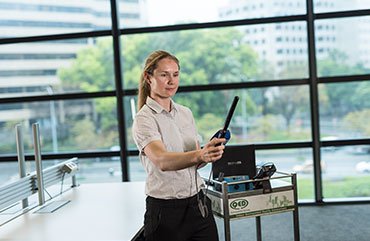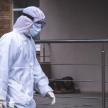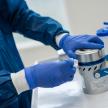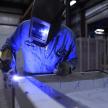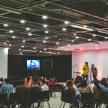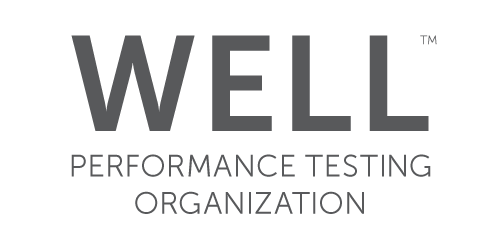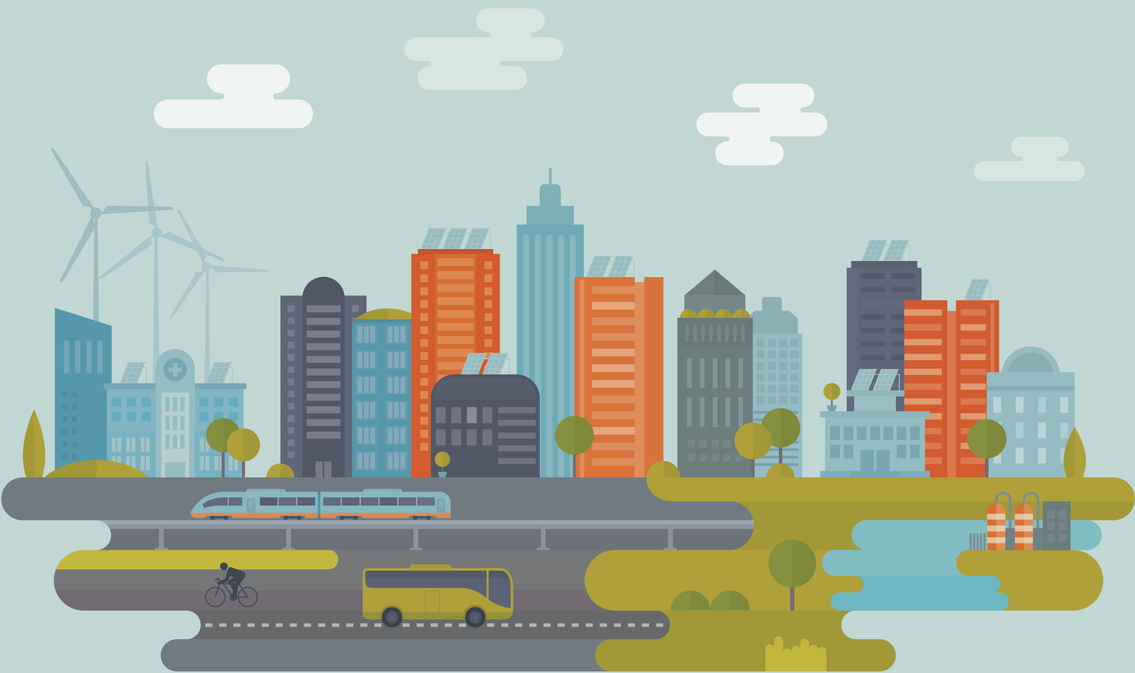
15th
Are you Returning to a "Healthy" Office?
Knowledge workers in sectors across the board – finance, insurance, legal, communications, transport, resources – wish to be reassured that their office workplace is safe and healthy as they return from weeks at home working. Harvard Business Review wrote on what makes a building healthy, and Safe Work Australia has published extensive guidance.
Here’s a handy list worth checking before you re-occupy your office.
1. Air conditioning and Ventilation
It’s not proven that infectious coronavirus recirculates through office air conditioning. Nevertheless, more fresh air than usual is better to reduce indoor air pollutants and fortunately commercial air conditioning allows adjustment to the amount of fresh outside air versus recirculated air. A benefit of increased outside air could be improving productivity of your staff.
2. Cleaning
Cleaning with detergent is the ticket. Disinfection is generally not required unless someone with a confirmed case of COVID-19 has occupied an area, and fogging is not recommended. Cleaners could revisit high touchpoints (elevators, door handles, microwave etc) a few times daily. If staff are seeking further reassurance, we can provide quick verifications i.e. audit the cleaner’s work. See this Whitepaper for more information on office cleaning to stop the spread.
3. Legionella
Water left stagnant in idle fittings can be a breeding ground for legionella. If unused for several weeks, taps should be flushed for 5 minutes (PPE should be donned for this task). Independent NATA-accredited water sampling provides peace of mind.
4. Physical Distancing
Physical distancing is more important than ever as we return to normal activities. Offices designs generally allow more than the required 4 square metres of space between average sized work stations. It’s the other spaces in contemporary office designs – breakouts, huddles, kitchens – that may require floor markings to guide staff as they go about their busy days. Of course clearly advising staff to stay home if they are showing any signs of cold or flu like symptoms is also extremely important.
5. Pedestrian Traffic
Talk to your facility manager who controls the lobby and elevators, about the policies you wish to see implemented to keep traffic moving safely. Consider staggering start times or break times to relieve congestion.
6. Soap / Hand Sanitiser
Make sure sanitiser contains alcohol (ethanol or isopropyl) at a high concentration. Alcohol free hand sanitiser just doesn’t work as well - or doesn’t work at all - and will give a false sense of security. If you can’t get stock, be honest, and ask people to use soap and water. Soap is more effective than sanitiser anyway!
More Information
We are here to help with your plans for returning to work. Your duty of care to staff and peace of mind are important. Our technicians can assess the performance of your building’s air and water systems against Australian Standards and best practice, and we can check on the performance of your cleaning contractors. To arrange a consultation and quotation please contact:
Reena Strehle
0412 99 44 59
reena@qed.com.au
Categories
Recent Posts
Changes to the workplace exposure standard for welding fumes
15th Mar
On January 18, 2024, SafeWork Australia made a significant adjustment to the Workplace Exposure Standard (WES) for Welding Fume (not otherwi...
Pseudomonas aeruginosa and the Water Quality Management Plan - it's not just about Legionella.
23rd Feb
Pseudomonas aeruginosa could be responsible for a high burden of disease, and should always be included in a risk management plan....
Navigating the New Norm: Prioritising Indoor Air Quality for Events and Venues
06th Feb
Throughout 2023 there was a surge in venue managers looking to help clients feel at ease in regards to indoor air quality....



